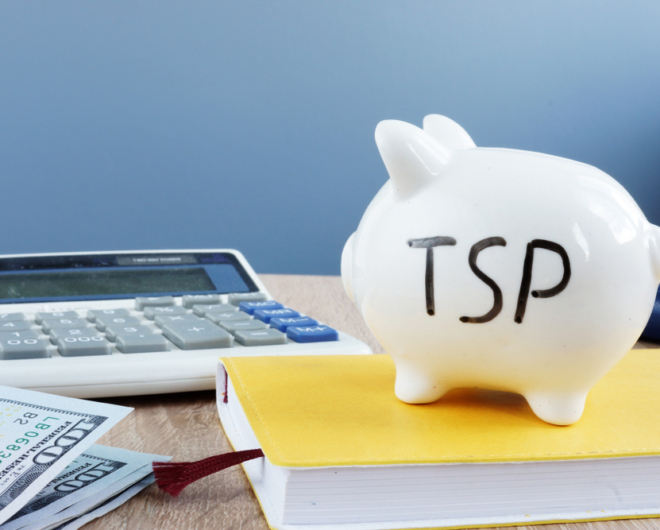When you retire or leave your job, it might take up to 30 days for the TSP to get notified by your agency. During this time, you won’t be able to access your money. Once the TSP is notified, they’ll give you access to your account, and you can start requesting withdrawals.
What Happens If You Have a TSP Loan
If you have an outstanding TSP loan, the rules say you need to pay it off within 90 days of leaving your job. If you don’t, the unpaid amount will be treated like a TSP distribution, which means you’ll owe federal income tax on it. Also, if you live in a state that taxes TSP distributions, you’ll owe even more. Keep in mind, having an unpaid TSP loan could delay or complicate your withdrawal requests.
Getting Your TSP Money in Retirement
It can take another 60 days after your request for the TSP to process your first withdrawal. To start, log in to the TSP website, go to “My Account,” then select “Withdrawals and Changes to Installment Payments,” and follow the instructions under “Withdrawal Request for Separated and Beneficiary Participants.” Most of this process can be done online.
Taxes on TSP Withdrawals in Retirement
During your working years, your traditional TSP contributions were tax-deferred. But once you start withdrawing, that money becomes fully taxable. The TSP usually withholds part of your withdrawal for federal taxes.
If you have a Roth TSP, you can withdraw your contributions tax-free, along with any qualified earnings. To avoid taxes on earnings, you must meet two rules: 1) it’s been at least 5 years since your first Roth contribution, and 2) you’re either at least 59½ years old or permanently disabled. If you don’t meet these conditions, only the earnings part of your Roth withdrawals will be taxed.
TSP Required Minimum Distributions (RMDs)
Under the SECURE Act 2.0, if you were born after December 31, 1950, you have to start taking RMDs at age 73. This will increase to age 75 starting in 2033. Starting January 1, 2024, Roth TSP accounts no longer have RMDs.
As you can see, it may take some time to receive your first TSP payment after you retire. It’s a good idea to work with a financial advisor to help plan for expenses while you wait.


